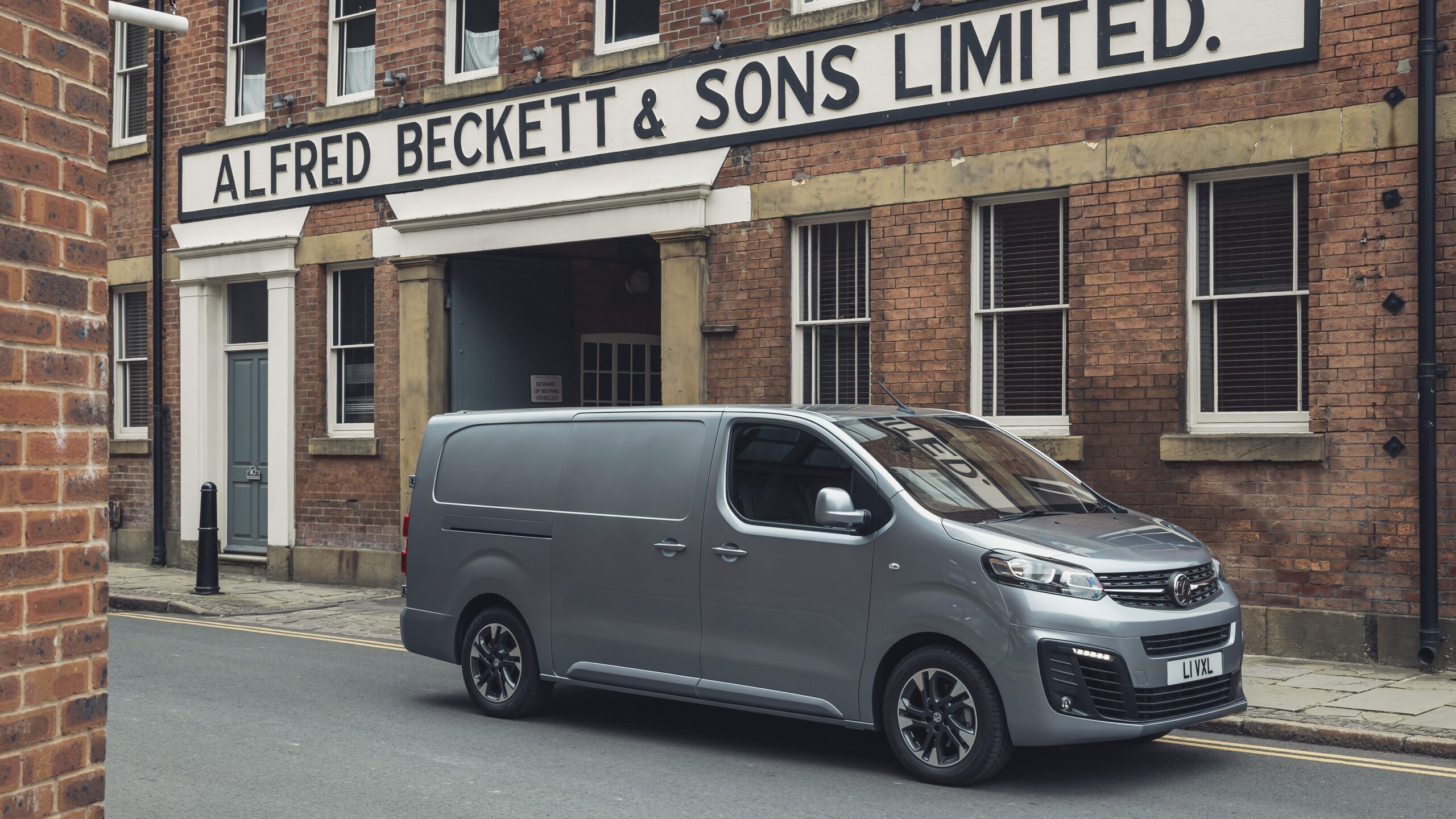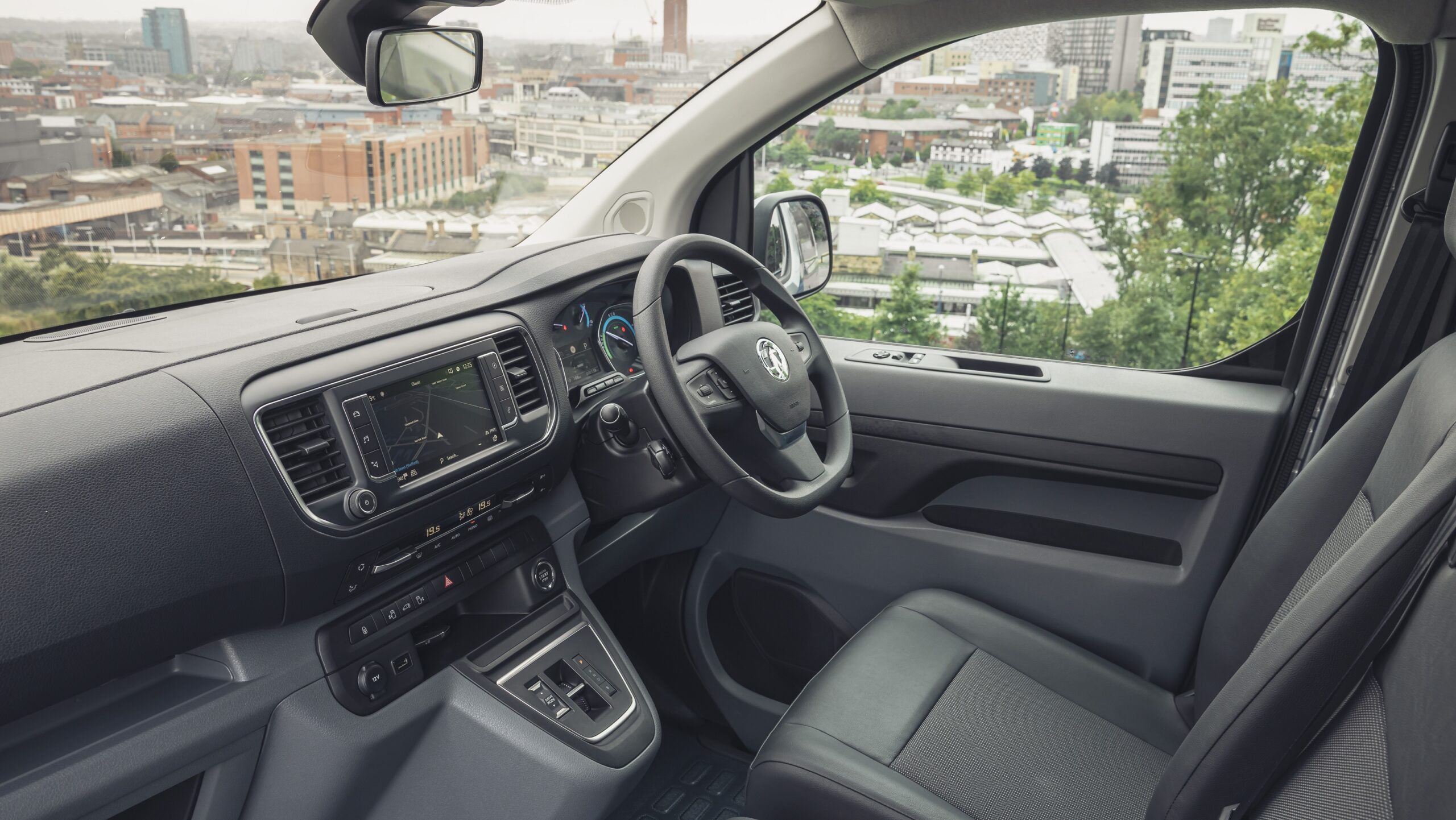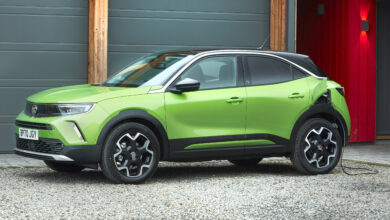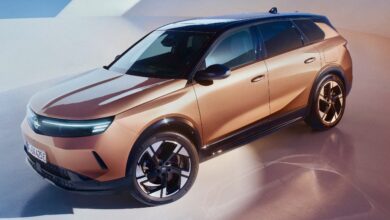Vauxhall Introduces Its New Fuel Cell Electric Vivaro-e HYDROGEN Commercial Vehicle:
Hydrogen & Electric Powered... A Combination We'd Like To See More Of...
As part of the new Stellantis portfolio, the Vauxhall brand has introduced a new zero-emission light commercial vehicle for the United Kingdom (UK) utilizing hydrogen. The 2021 Vauxhall Vivaro-e HYDROGEN has a range of up to 249 miles and offers the customer the ability to fill up the vehicle in under three minutes without sacrificing cargo volume.

The Vauxhall brand is speaking with businesses in the UK about hydrogen full cell solutions and expects that it will offer right-hand-drive (RHD) vehicles to the market in 2023. Vauxhall’s sister brand Opel already has plans to deliver its version of the Vivaro-e HYDROGEN starting in the fall. The Vivaro-e HYDROGEN will be manufactured at Vauxhall/Opel’s Research and Development Center in Rüsselsheim, Germany.

The new Fuel Cell Electric Vehicle (FCEV) is based on the existing Battery Electric Vehicle (BEV) Vivaro-e. The plug-in fuel-cell concept of the Vivaro-e HYDROGEN enables the integration of the whole fuel cell system with the existing traction motor under the hood of the production vehicle. The battery used in the BEV Vivaro-e is replaced by three carbon-fiber 700-bar hydrogen tanks.

Thanks to its clever packaging, the battery-electric version becomes a fuel-cell electric LCV without any modifications to the body and no impact on the cargo space. There are two lengths available, a standard model that measures 4.96 (16.2 feet) meters in length, or a longer variant that is stretched to 5.3 meters (17.4 feet).

The Vivaro-e HYDROGEN with its 45kW fuel cell is capable of generating enough power for continuous motorway driving, while the 10.5kWh lithium-ion battery, located under the front seats, provides dynamic peak power when required. Since the battery covers power needs in such situations, the fuel cell can run at optimum operating conditions. The battery also enables regenerative braking, while the plug-in capability offers the opportunity to recharge the battery externally if necessary, e.g. at a charging station, providing 31 miles of pure battery-electric range.

We would love to see more FCEVs in the automaker’s portfolio. Remember how hydrogen was supposed to revolutionize the auto industry in the early 2000s? We really hope there are more alternatives to BEVs since not everyone has the time to wait for an electric vehicle to recharge.
What do you think of the idea of combining Hydrogen technology as a range-extending option for electric vehicles? Let us know in the comments below or in the MoparInsiders forum.





1 reply
Loading new replies...
Join the full discussion at the Mopar Insiders Forum →